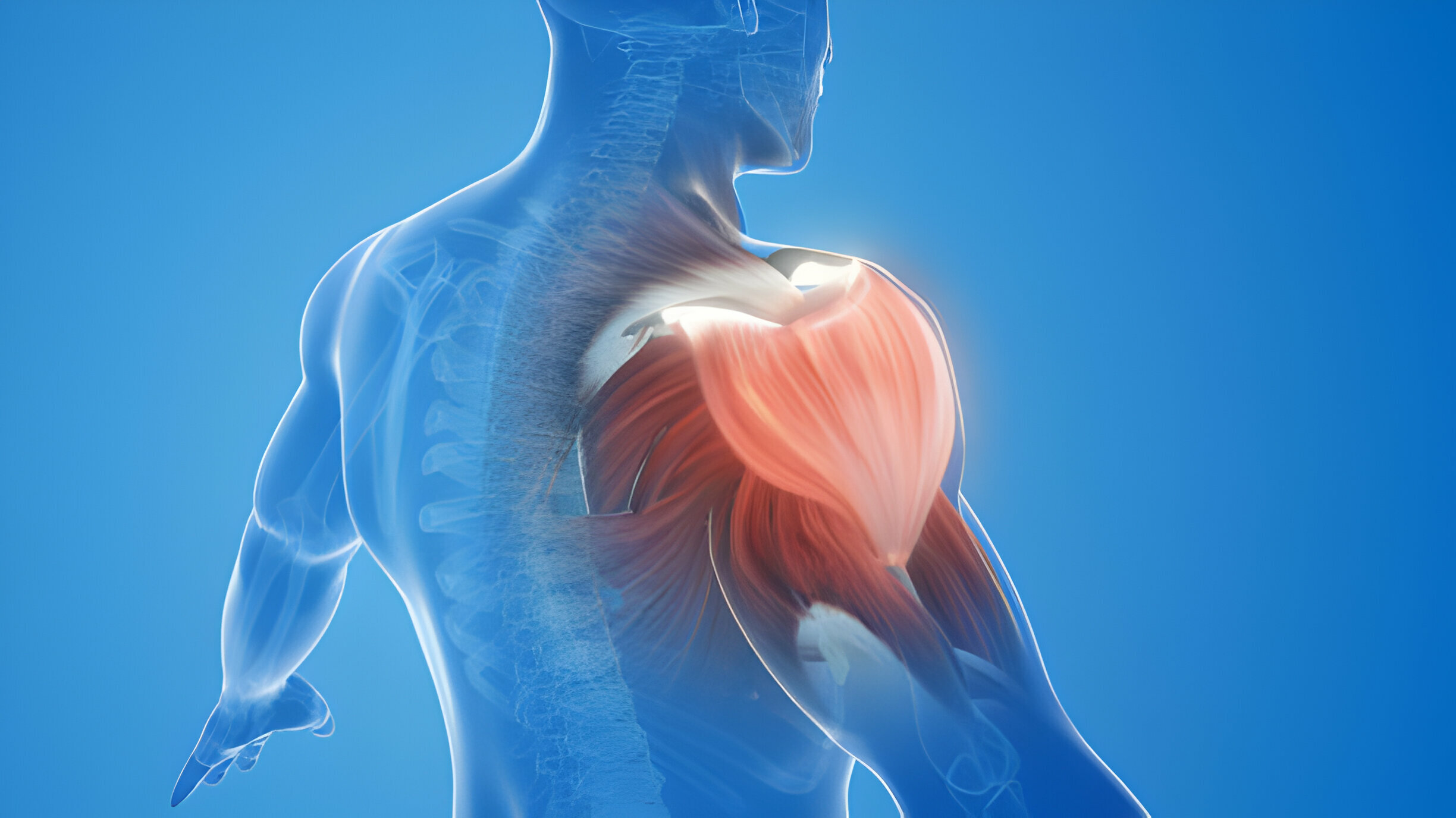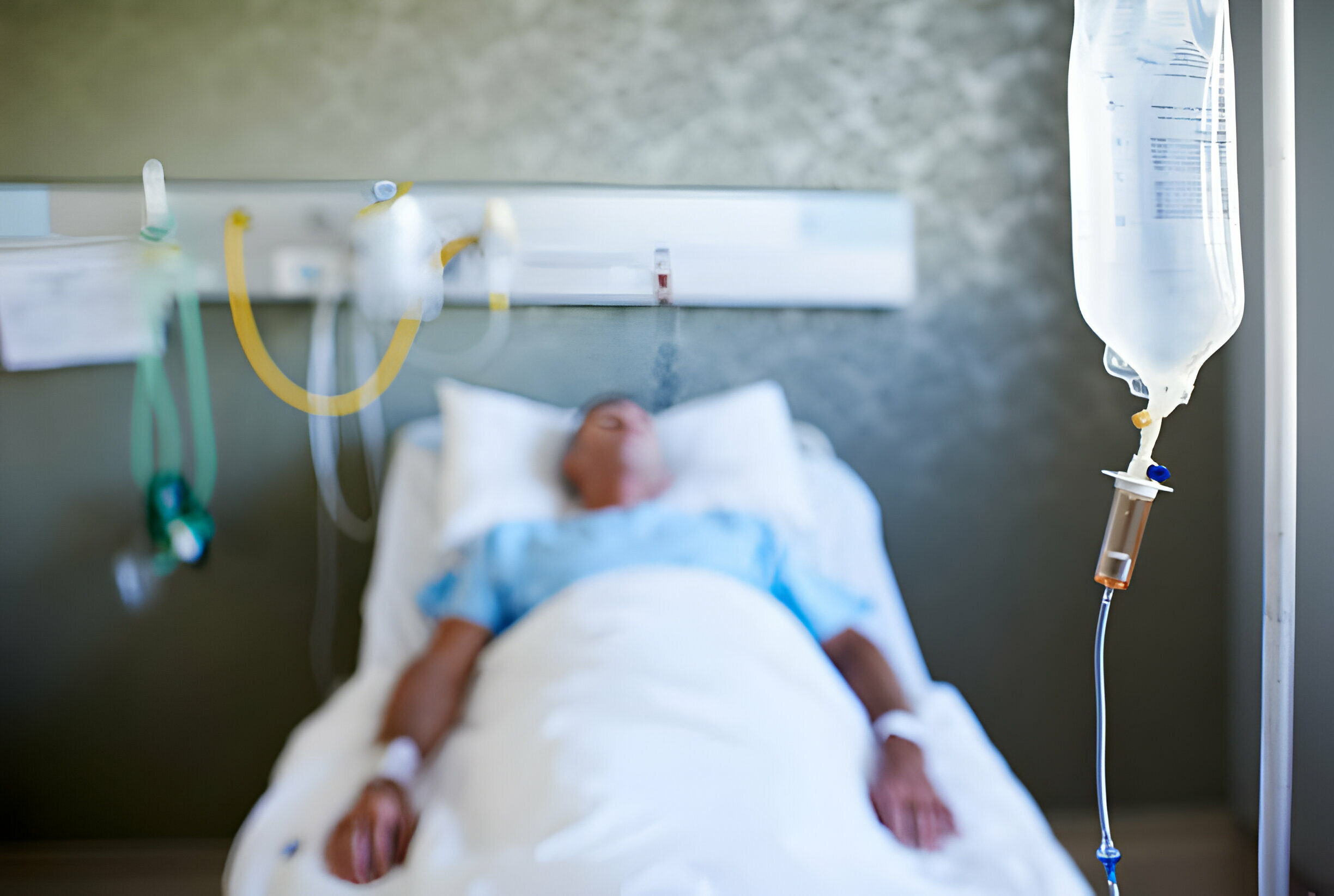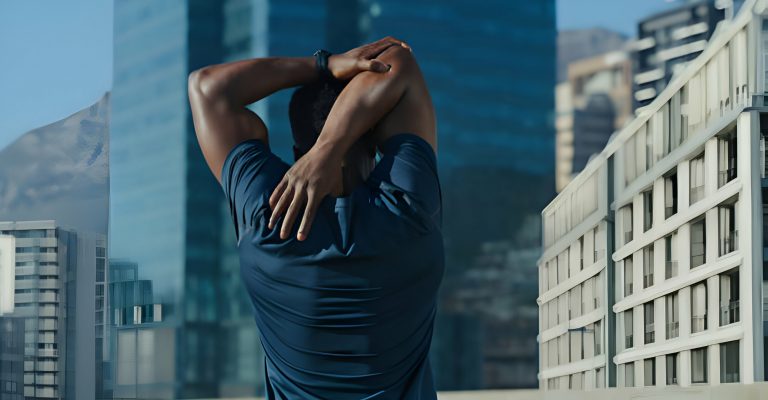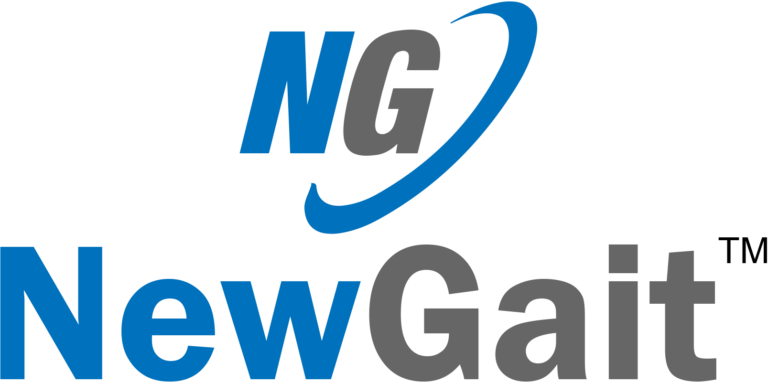Shoulder pain is one of the most common complaints following a stroke. There are several reasons for the development of shoulder pain after such conditions necessitate a stroke and various modes of treatment. As many as 30 percent of stroke patients report experiencing some level of pain in their shoulders following the event.
One may consult a professional, such as a physical or occupational therapist, to find out how to treat it. So, we are to reveal the reasons for the shoulder pain that appears after the stroke and scientifically based ways of relieving it.
Causes of Shoulder Pain Post-Stroke
A stroke is the interruption or reduction of blood flow to an area of the brain, which consequently interrupts the supply of oxygen and nutrients brain tissues require to function properly.
Complications following a stroke can lead to many other physical disabilities that may include muscle weakness, paralysis, and loss of muscle control, all of which are direct determinants of the shoulder. Factors that are likely to make one prone to a painful shoulder after a stroke are as follows: Muscular Weakness and Imbalance
One of the most common problems experienced by people after a stroke is paralysis or weakness on one side of the body, called hemiplegia or hemiparesis.
This would mean that there is a challenge in supporting the arm’s weight and therefore cause overworking of the shoulder muscles and the tendons. This will be followed by muscle atrophy and an imbalance that will contribute to overworking of the rotator cuff’s muscles and tendons, resulting in chronic pain. Spasticity
Another condition that could befall a stroke survivor is spasticity, characterized by rigid or stiff muscles. The shoulder is one of the most occurring parts where this might be noticed. It may make the joint at the shoulder stiff and less flexible, leading to problems with the arm when it is moved, accompanied by pain.
Subluxation
This partial dislocation of the shoulder joint due to the weakened muscles may manifest after a stroke. This condition allows the head of the upper arm bone (humerus) to partially pop out of the shoulder socket, causing inflammation, pain, and possible integrity of the surrounding tissue.
Rotator Cuff Injury
The rotator cuff comprises muscles and tendons that assist in stabilizing the shoulder. Changes in muscle activity and tone following a stroke subject these structures to a greater predisposition to injuries, such as strains or tears, resulting in pain and a reduced range of motion.
Complex Regional Pain Syndrome
Other painful syndromes, in addition to shoulder pain, may have an extra impingement on the individual due to the immobility of the arms. Rarely, complex regional pain syndrome (CRPS) occurs among stroke survivors.
It is a type of chronic pain that commonly occurs in an arm or a leg. Post-stroke CRPS is a syndrome of the shoulder, which the person describes as an intense burning, swelling, and the changing color of the skin. Frozen Shoulder
Other etiologies exist for post-stroke shoulder pain, including the shoulder. Stiffness with associated pain and a gradually reduced range of motion at the shoulder joint may be secondary to a frozen shoulder, which may follow immobility or even altered joint mechanics after the stroke.

Impact of Shoulder Pain on Stroke Patients
Shoulder pain post-stroke can have a major impact on the routine life of the survivor. It often comprises people with reduced shoulder movement and those who encounter difficulty in a number of everyday tasks, such as dressing themselves or moving around the house.
Even daily activities such as cooking or taking care of work-related jobs become more complicated. In fact, studies report that more than 50% of stroke survivors with shoulder pain struggled to dress themselves, and about one in three had difficulty walking four months after their stroke.
But 16 months after the onset, many did show clear signs of recovery, with only about a third still finding it difficult to dress and about one in eight complaining of shoulder pain affecting their ability to walk. This problem is particularly common among survivors who use support equipment like canes or walkers.
Many individuals who suffer a shoulder following a stroke report difficulty in sleeping. This may be due to various causes—being awakened by pain or having trouble finding a comfortable position to sleep in.
Studies have also shown that after a stroke, people who have reduced well-being or feel depressed have an even higher probability of getting post-stroke shoulder pain. Reducing this pain can assist a stroke survivor in performing day-to-day functions and help maintain overall well-being.
Ways to Decrease Post-Stroke Shoulder Pain

Practical therapy for shoulder-region discomfort after a stroke will be directed against the cause. Recent research reveals that such therapy helps reduce pain and regain shoulder movement in stroke survivors. Regular participation in such therapeutic exercises and activities can trigger neuroplasticity, a function of the brain that allows reorganization adaptively.
Personalized advice from experts in physical and occupational therapy can be provided on which techniques will most likely bring forth neuroplasticity and fasten recovery. Some of the common therapies recommended to reduce shoulder pain after a stroke are given below:
Mental Practice
This method of mental practice, where the patient imagines carrying out the shoulder exercises without any discomfort, has been effective and safe in significantly reducing shoulder discomfort following a stroke.
This benefit of mental focus could be enhanced by using mirror therapy. The clinical approach includes a mirror located centrally at the body’s level, allowing the survivors to observe their stroke-impaired arm moving efficiently and effectively. In reality, the survivor observes their reflection of the unaffected arm.
Scientific evidence supports that mental rehearsal and mirror therapy elicit neuroplastic changes to a level similar to real physical exercises. Adding mental rehearsal to physical exercises has also been found to have superior benefits for arm function than mere participation in physical exercises alone.
Positioning Techniques
Positioning strategies have proven beneficial for people with mobility issues, especially if they have affected their arms. Such people are normally at risk of shoulder dislocation and suffering from posture, and the right positioning techniques can control such issues.
A physical or occupational therapist may recommend a few guidelines to ensure correct arm placement and prevent further complications. They may also suggest some useful tools, such as arm supports for wheelchairs or pillows and a certain arm sling for use at home.
All these positioning strategies help avoid complications, allow proper blood circulation, and allow muscles to function properly.
People should know how to position their arms properly while in different positions of the body so that it will not undue stress the muscles and joints of the arm.
Range of Motion Exercises
Controlled therapeutic exercises to increase the range of motion can gradually reduce shoulder discomfort. Usually, one begins with gentle, passive exercises followed by more active ones. This will help reduce muscle stiffness, increase mobility, and decrease discomfort.
However, this is extremely relevant in the case of doing exercises for the shoulder and arm alone at home. If not done correctly, such movements can aggravate the pain and possibly the injury. This is exactly why the exercise for doing it gets professional advice from a therapist.
Electrical Stimulation
This starts with placing electrodes on the skin to initiate electrical stimulation. It involves different modes, such as TENS (transcutaneous electrical nerve stimulation) and NMES (neuromuscular electrical stimulation).
Although best given in combination with other treatments, electrical stimulation has the potential to reduce pain signals, increase mobility, and help the brain adapt. Despite the positive evidence, more research is needed to prove the robust efficacy of electrical stimulation in reducing shoulder discomfort after a stroke.
Shoulder Braces
A common injury that people living with hemiplegia normally experience is shoulder subluxation. This develops due to arm intensity, coupled with shoulder weakness, causing a separation of the arm from the joint—an extremely painful situation.
A shoulder brace or orthosis might be recommended to diminish these inconveniences and correctly set the arm. It may reduce subluxation and pain. In fact, the above procedure needs to be done in consultation with a healthcare provider to find the appropriate brace for the job and establish a suitable schedule for wearing the brace.
Shoulder orthoses or braces, such as slings, straps, and splints, support the injured shoulder joint against further subluxation and help the shoulder return to functional activity. Some braces also come with adjustable straps and padding material for a more custom fit.
Medications and Surgery
Medications, such as analgesics and agents for anti-inflammatory or antispastic activity, could alleviate the shoulder pain of stroke survivors. The best medication will depend on the exact source of the shoulder discomfort. So, talking to your healthcare provider about medicine is vital to help manage your pain.
Some other treatments for post-stroke shoulder pain include nerve blocks or injections. Corticosteroid injections, for instance, may help get relief because of their anti-inflammatory nature, while Botox might reduce spasticity and resultant pain for a short while. Many survivors use this temporary respite to concentrate on their rehabilitation goals.
In fact, doctors can recommend shoulder pain surgery only if the pain continues despite various rehabilitation and compensation procedures. However, it is generally very rare and is considered the last option.
Conclusion
Note that there is no one-size-fits-all approach when it comes to managing post-stroke pain. Each individual may require a unique combination of medication, therapy, and support to effectively manage their pain. Stroke survivors must work closely with their healthcare professionals to find the best treatment plan for their needs.
In addition to medical interventions, lifestyle modifications can help alleviate post-stroke shoulder pain. This may include maintaining a healthy weight, staying physically active, and avoiding activities aggravating the pain. In some cases, assistive devices such as slings or braces may also be recommended to support and reduce strain on the affected shoulder.


